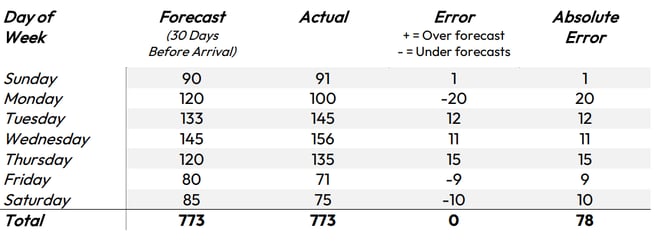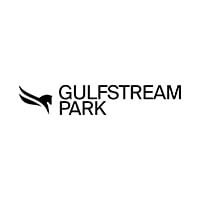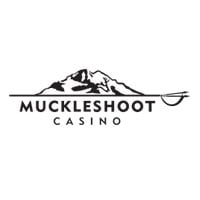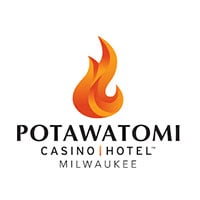
- Our Insights
- Forecast Accuracy: Why Mape?
Yield management allows hotels to manage the capacity of their rooms more profitably, and the accuracy of statistical forecasting determines how useful it will be. Inaccurate forecasts can result in decreased revenue, earnings, and operational challenges, which makes getting it right critical. Even with great revenue management software, determining the accuracy can be tricky when dealing with more detailed forecasts. The mean absolute percentage error (MAPE), measures accuracy of a forecasting method. The error is measured as an absolute value. Removing negative values from the equation (see chart below) allows the accuracy to be calculated without positive and negative numbers canceling each other out. This makes forecasting reliable and easy to understand, which is why MAPE is the most used method in measuring the accuracy of forecasts.

Table 1: Example of Forecast & Actual hotel room nights stayed and corresponding error data. Standard error shows that the forecast for the week was 100% accurate, despite the volatility in the stay pattern. The MAPE data set at 30 days before arrival shows opportunity for improvement, primarily on Monday and Saturday where absolute error is highest relative to the actual results. These two dates have a MAPE of greater than 13%.
Being aware of the error frequency for a forecast is also very important to enhance forecasts in the future and to build a precise model. By constructing forecasts, measuring the results, and taking corrective action, volatility in the forecast-to-actual variance should decrease. MAPE should be measured at different times using different segments to improve forecasting accuracy over time. Improvement in forecast accuracy commonly creates higher occupancy with better rates and guests who spend more throughout the resort, resulting in increased profitability. Some examples of different segments include group and transient, but depending on unique business needs, additional segments like corporate, or VIP might also apply.
Here is a simple and smart procedure to calculate MAPE:

To get the actual result, take a snapshot of a forecast at a particular interval before the event (we recommend looking at your daily forecast 30, 60, and 90 days before arrival) and take the measurement after the business date is concluded. This should be done at the total inventory or the segment level.
To get the absolute error, take the forecast value (F) and subtract it from the actual result (A). Then divide by the actual (A)
There are times that MAPE is not the most appropriate measurement, for example when working with low values, it is not the best choice. The MAPE equation becomes less relevant when the actual volume is closer to zero. This decreased relevance is because the value ends up bloating and gives out misleading results. This is where the weakness of the MAPE lies. When issues like these arise, it is best to use other methods to calculate the errors.
Despite the times MAPE is not the most suitable choice, it is typically held as the optimal tool for forecasting accuracy in the hotel space. Without checking forecasts for accuracy, yield management is less reliable, leading to decreased profitability. This same method can be used for validating forecast accuracy on all elements of forecasting at a hotel and resort, including same day pick up, cancellation, daily rate, length of stay, dining reservations, labor requirements, and more.

Equation 2: Full MAPE Formula
LET'S GET TO WORK









